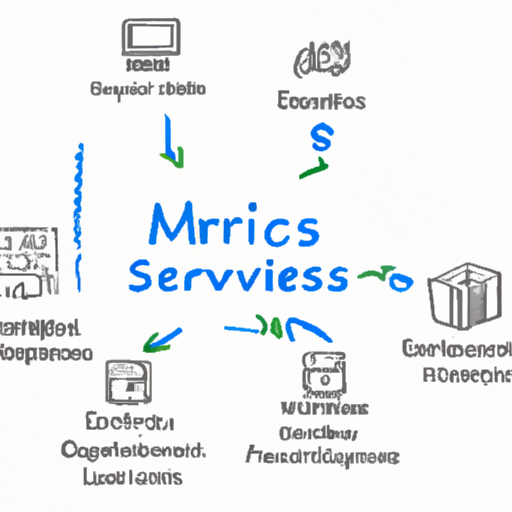In today’s fast-paced software development landscape, Microservices Architecture has emerged as a leading design strategy that allows organizations to build scalable, efficient, and resilient applications. This blog post will delve into what microservices are, their advantages, and how they can transform your development process.
What is Microservices Architecture?
Microservices Architecture is a software architectural style that structures an application as a collection of small, loosely coupled services. Each service is designed to perform a specific business function, communicating with others through well-defined APIs. This approach contrasts sharply with traditional monolithic architectures, where all components are tightly integrated and interdependent.
Key Benefits of Microservices
- Scalability: Microservices can be independently scaled to meet demand. This means that high-traffic services can be scaled without affecting others, thus optimizing resource utilization.
- Flexibility in Technology Stack: Teams can use different technologies and programming languages for different services, allowing for greater flexibility and innovation.
- Faster Deployment: Independent services can be deployed without impacting the whole application. This speed encourages a more agile development process.
- Improved Fault Isolation: A failure in one microservice does not lead to a complete application failure, making the system more resilient.
Challenges of Microservices Architecture
Despite its numerous advantages, adopting microservices comes with its challenges:
- Complexity: Managing numerous services increases system complexity, requiring robust orchestration and monitoring tools.
- Data Management: Handling data consistency across multiple services presents a challenge, as each service may have its database.
- Deployment and DevOps Culture: Microservices necessitate a strong DevOps culture for effective deployment and management. Teams must invest in automation and continuous integration/continuous deployment (CI/CD) practices.
Implementing Microservices Architecture
To successfully implement microservices, consider the following strategies:
- Define Service Boundaries: Clearly outline the boundaries of each microservice based on business capabilities.
- Adopt API-First Design: Design APIs first to ensure interoperability between services.
- Use Containers: Containerization tools like Docker can help in packaging and deploying microservices efficiently.
- Implement Service Discovery: Use a service discovery mechanism to manage service interactions dynamically.
Conclusion
Microservices Architecture is revolutionizing how software is developed and deployed in the digital age. While it introduces complexity and requires a cultural shift, the benefits of scalability, flexibility, and resilience make it a worthwhile investment for modern software development practices.
As you embark on your journey toward microservices, remember that it’s crucial to tailor your approach to fit your organization’s unique needs. With the right strategies in place, you can harness the power of microservices to drive innovation and efficiency in your development processes.
For more insights and resources on Microservices Architecture, stay tuned!





